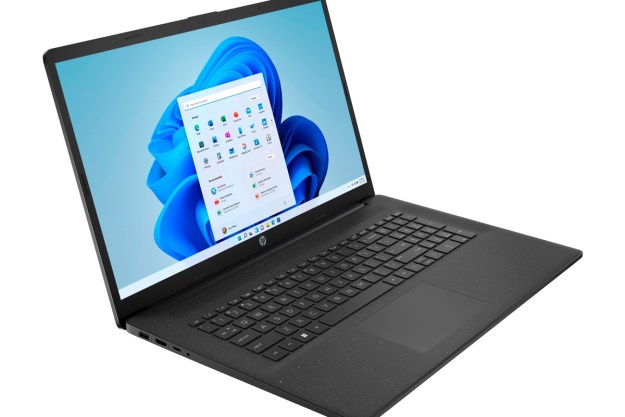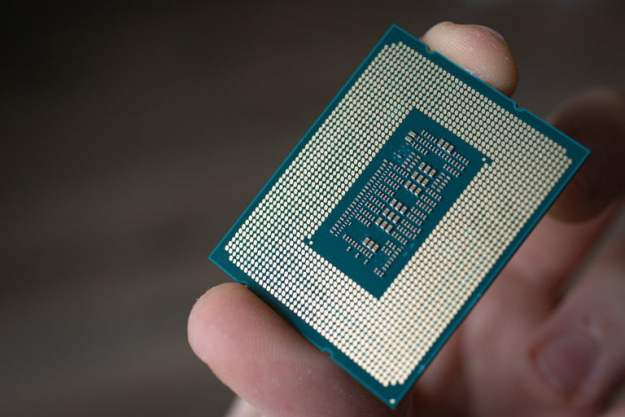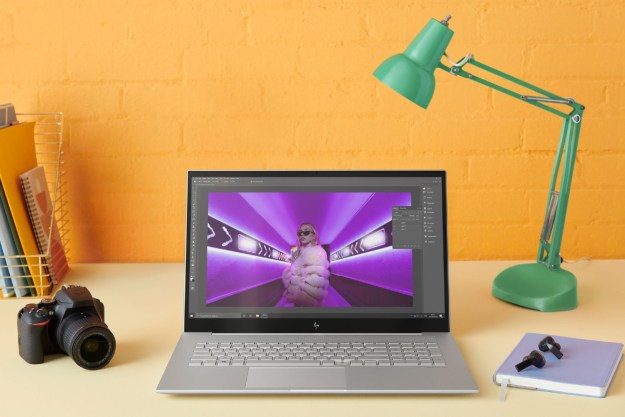Let’s face it, IE6 really wasn’t much of an improvement over IE5. Most people felt the only reason to move to IE6 was because it was free and it bundled a series of updates (mostly security updates) into a single package. Strangely enough, even though other browsers like Firefox, Opera, and Netscape have advanced in features substantially, IE6 has held its own and has at times taken market share back from the new browsers. This is largely because of compatibility. Companies, particularly for internal sites, often default to IE and the other browsers just didn’t work as well, forcing folks to grudgingly use IE some of the time. People just do not like to switch back and forth between similar products.
In addition, exploits were written against the Mozilla based browsers. Viruses and phishing style attacks worked equally well with everyone lowering the perceived security benefits of the newer platforms. Still, IE6 looked and felt old and the new upstarts provided a number of features and, particularly in the case of AOL’s Netscape, a number of unique protections that kept them in the news and often recommended. Well that was then and this is now.
IE7: What Happens when Microsoft uses an “A” Team
There are a lot of product initiatives at Microsoft that seem to be treading water. The development teams just do not seem to have a passion for the products they are husbanding. IE7 wasn’t one of them; these folks clearly put their heart into this offering and it shows.
Microsoft had to close a huge gap and many will still say accurately that there are advantages in some of the other browsers in one or more areas; but compared to IE6, version 7 is light years ahead. Realize that Microsoft apparently did this without breaking compatibility as badly as the other browsers typically have to do.
The biggest problem with IE7 for many is that the new browser will only run on Windows Vista and Windows XP SP2. Recall that one of the major focuses of IE7 is security and Windows XP SP2 is the most secure shipping version of Windows today. IE7 has to depend on the current security capabilities of the platform to work correctly and if they did put it on older versions of Windows you would in effect end up with Windows XP SP2 after the various parts were updated to get security working properly.
The end result is much more reliable although arguably, the most secure version will be on Windows Vista which will not ship until early next year.
IE7 Experience
I’ve been using the beta of IE7 for several months now and even though it has compatibility problems (that have since been fixed) I have found it easy to live with and hard to give up. There is a new interface to deal with, but I run a number of machines and moving between IE6 and IE7 never really seemed to be much of a problem.
Tabbed Browsing is well executed and yes Opera was the browser that initially set a very high bar for this, but it works very well in IE7 and new pages load in the background so you can continue to read the current page undisturbed while they load. This is particularly helpful if you are on a very slow DSL service like I am (I am so looking forward to the next generation of DSL).
You’ll love search and unless you’ve run Opera, this global capability will probably be new to you. You can in one place pick a selection of search engines which is handy because specialized search engines like ASK and ChaCha are better for some things or some people than Google or Microsoft.
IE7 actually seems to support JavaScript much better which probably is partially the result of the warming relationship (sort of) between Sun and Microsoft.
Security Improvements are Massive
If you like RSS feeds, IE7 loves them and discovery is vastly improved. For those that like to go places they shouldn’t, being able to delete history is much easier and much more granular which leads us into a broad discussion about security.
One of the most important features is that the address of the site always shows up regardless of how hard the site owners try to hide it. This has been a huge problem with phishing attacks that take you to a site that looks legitimate but only has one purpose and that is to capture your ID and password. In IE 6 you needed to learn to actually look at the address in the bottom of the browser to see what site you were on. You should upgrade to IE7 since this feature alone could save your identity. Anti-phishing actually goes beyond this and when you go to a site, it checks the address against a database of known hostile sites. If you hit a bad site, it puts up big warnings that suggest you get the heck out of there and maybe go wash your hands just to be safe. (OK, I’m kidding on the wash your hands thing).
There will still be some compatibility problems with sites that use ActiveX and scripting. Since both have been used in hostile ways in the past, IE7 treats them very carefully but it may cause some things not to work. Generally you’ll just get a new set of warnings, but sometimes the site may not run properly. Since many people have turned both ActiveX and scripting support off in IE6 this will still be better than none of them working at all.
If you (or your kids) disable these safety settings, security warnings will go off until you restore security settings. This has been a big problem in families and I know of one that picked up over a thousand viruses (no wonder their machine ran slowly) partially as a result of this practice and not running AV software. You can then easily restore the security settings.
IE7 Wrap
Moving from IE6 to IE7 is kind of like what you experience buying your first new car after driving a decade old hand-me-down through school. You suddenly realize what you’ve been missing. The security improvements alone make this worthwhile, and since the price is very reasonable (free) there is no real reason not to install and use it except that it may not run on your PC. Then again, maybe its time for a new PC since we are entering what should be a massive buyers market, but we’ll save that for another time.
In the end this showcases what Microsoft can do when they put an “A” team on a project, and our hope that this will become more of the rule than the exception going forward.


